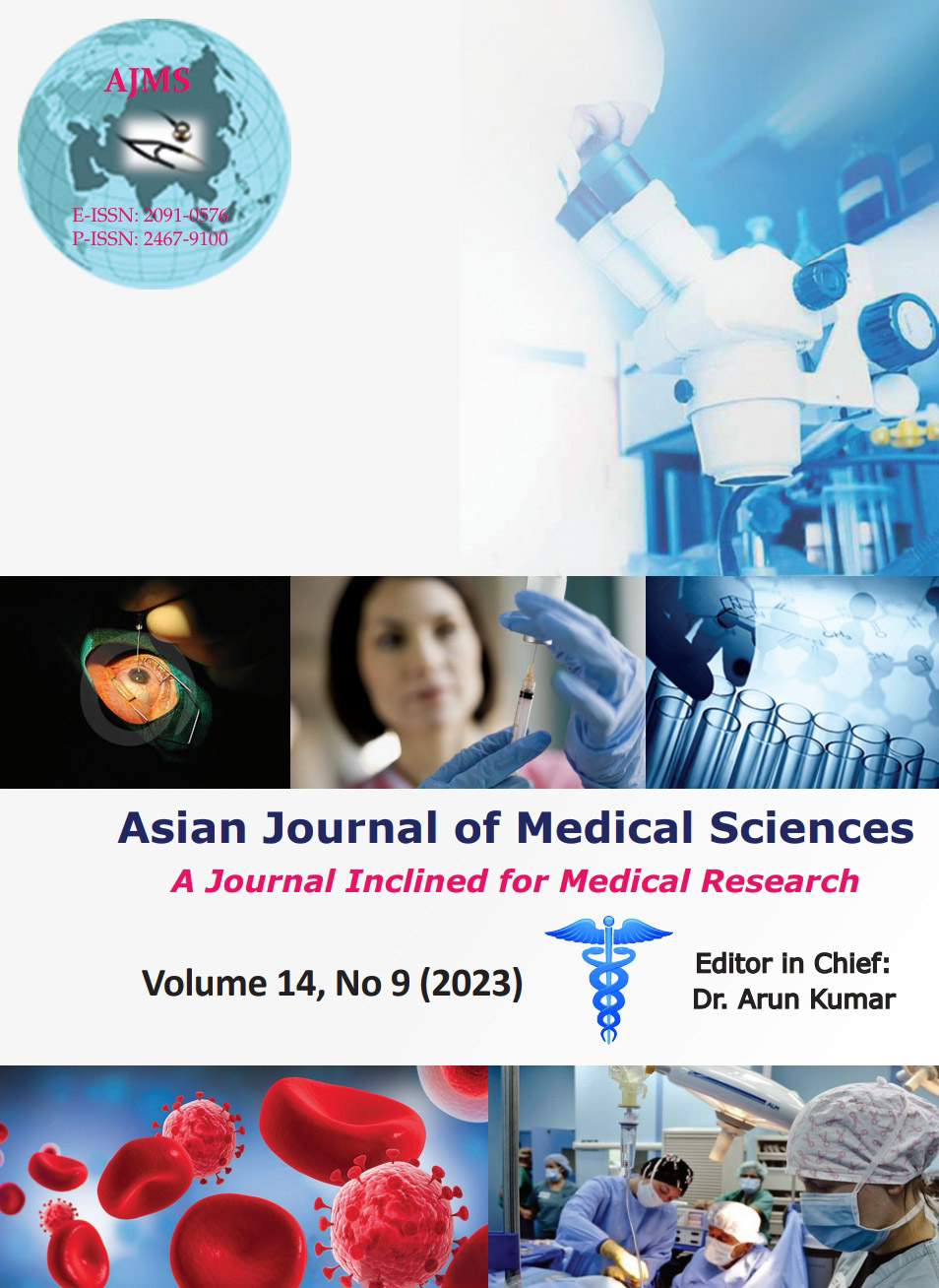Evaluation of thyromental distance versus tongue width versus weight-based method for size determination of laryngeal mask airway in adults
Keywords:
Laryngeal mask airway; Anesthesia; Hemodynamic; Ventilation; Airway; Thyromental distance; Tongue width; Body weightAbstract
Background: Supraglottic airway devices (SGD) are indispensable for airway management. The successful placement of the laryngeal mask airway (LMA) supreme largely depends on the right size selection.
Aims and Objectives: The study was undertaken to compare three LMA supreme insertion methods in short elective surgeries under general anesthesia.
Materials and Methods: Atotal of 90 American Society of Anesthesiologists I and II patients (either gender, 18–55 years, Mallampati grade I and II) undergoing short surgeries were randomized into three equal groups (n=30 in each). Insertion of LMA was done after an adequate depth of anesthesia for jaw relaxation (Young’s criteria). The efficacy of controlled ventilation through LMA by each method, success rate, ease of insertion, insertion time, additional induction dose (propofol) required during insertion, hemodynamic stability (baseline vitals and 10 min after insertion), and adverse events after LMA removal were evaluated between groups.
Results: Better ventilation (tidal volume at 10 cmH2O) was observed in the thyromental group (448±35) than in tongue width (440±46) and weight-based (409±33) groups. Minimum additional propofol requirement during insertion was in thyromental distance group. Thyromental distance group had the most easy LMA insertions (70%) with minimum insertion time (10±4) and minimum additional propofol requirement during insertion (P<0.05) than other groups. Overall hemodynamic stability and incidence of adverse events were comparable.
Conclusion: Thyromental distance may be an alternative attractive choice for size determination of LMA supreme in female adults with normal airway anatomy in comparison to tongue width and conventional body weight-based methods.
Downloads
Downloads
Published
How to Cite
Issue
Section
License
Copyright (c) 2023 Asian Journal of Medical Sciences

This work is licensed under a Creative Commons Attribution-NonCommercial 4.0 International License.
Authors who publish with this journal agree to the following terms:
- The journal holds copyright and publishes the work under a Creative Commons CC-BY-NC license that permits use, distribution and reprduction in any medium, provided the original work is properly cited and is not used for commercial purposes. The journal should be recognised as the original publisher of this work.
- Authors are able to enter into separate, additional contractual arrangements for the non-exclusive distribution of the journal's published version of the work (e.g., post it to an institutional repository or publish it in a book), with an acknowledgement of its initial publication in this journal.
- Authors are permitted and encouraged to post their work online (e.g., in institutional repositories or on their website) prior to and during the submission process, as it can lead to productive exchanges, as well as earlier and greater citation of published work (See The Effect of Open Access).




